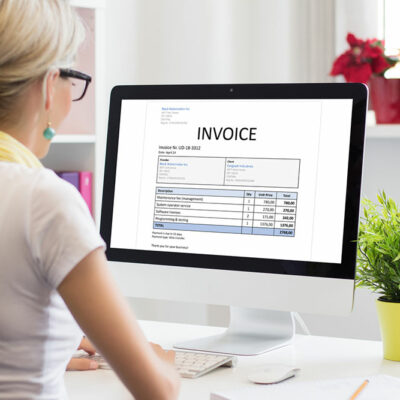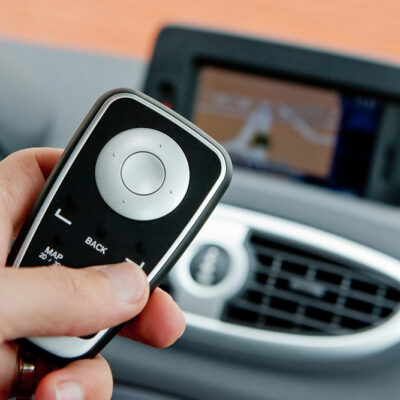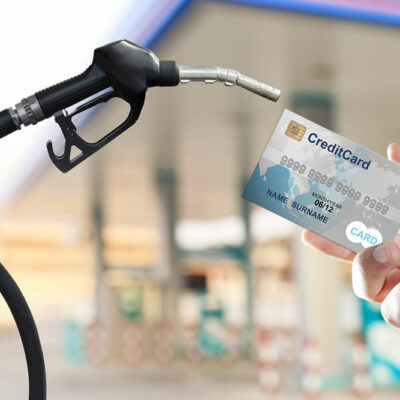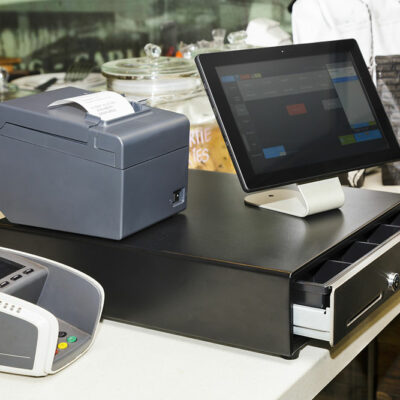
Business
5 mistakes to avoid when starting a franchise
With franchises, several brands have been able to reach customers worldwide. Also, many entrepreneurs have earned incredible profits by becoming franchisees of certain brands. At the same time, there have also been franchises that have failed or not been as successful as the franchisee intended. In general, it is important to avoid some common pitfalls while setting up a franchise to increase the chances of success. Here are some such mistakes franchisees should avoid: Expecting instant success Some franchises may become successful as soon as they are launched, and this could be due to many reasons – the brand’s bespoke products and services, its immediate acceptance in the geographical area where the franchise has been launched, the industry type, etc. However, not every franchise may become instantly successful; some may take months or even years to win their target market’s appeal. And that should not deter one from persevering. If one is working systematically toward becoming successful and doing everything required, it’s normal for the target audiences to take their own time to accept the brand. Making impulsive decisions without proper research Franchisees need to conduct extensive research, data analysis, and predictions before shortlisting a brand for a franchise. Such research can help franchisees understand whether the brand will continue to be relevant in the future and, if so, whether its products or services will enjoy the same popularity in the region where they are planning to expand the business.




















